Market Share
North America Fresh Herbs Market Share Analysis
In the vibrant and competitive North America Fresh Herbs market, businesses employ a variety of strategies to capture and maintain their share of the market. One key approach is differentiation, where companies highlight unique characteristics or qualities of their herbs to stand out from competitors. This could involve offering a diverse range of herbs, including both common varieties and more exotic options, to appeal to a wide range of culinary preferences. Companies might also emphasize factors such as organic certification, locally sourced herbs, or special packaging to attract health-conscious consumers or those who prioritize sustainability.
Pricing strategies play a significant role in market share positioning within the North America Fresh Herbs market. Some brands opt for premium pricing, positioning themselves as high-quality, gourmet options targeted at consumers willing to pay a premium for freshness and superior flavor. Others may adopt a more affordable pricing strategy, aiming to capture a larger market share by appealing to budget-conscious shoppers. Price promotions, discounts, and bundle deals are common tactics used to entice consumers and gain a competitive edge in the market.
Moreover, distribution channels are crucial for market share positioning in the North America Fresh Herbs market. Companies leverage various distribution channels such as grocery stores, supermarkets, farmers' markets, online retailers, and specialty food stores to reach their target audience. By ensuring widespread availability and accessibility of their products, brands can effectively penetrate different market segments and increase their market share. Partnerships with distributors and retailers can also help brands secure prime shelf space and visibility, further enhancing their competitive position in the market.
Brand image and marketing efforts are also significant factors influencing market share positioning in the North America Fresh Herbs market. Building a strong brand identity centered around quality, freshness, and culinary inspiration can resonate with consumers and differentiate a brand from its competitors. Effective marketing strategies, including social media campaigns, recipe sharing, and collaborations with chefs and food influencers, can help raise brand awareness and foster consumer engagement. By consistently communicating the value proposition of their herbs, companies can strengthen their position in the market and attract a loyal customer base.
Innovation plays a crucial role in maintaining a competitive edge and capturing market share in the North America Fresh Herbs market. Companies invest in research and development to introduce new varieties of herbs, innovative packaging solutions, and value-added products to meet evolving consumer preferences and trends. Whether it's offering pre-washed and pre-cut herbs for convenience or developing unique herb blends for specific culinary applications, innovation allows brands to stay relevant and capture the attention of consumers in a crowded market landscape.
Additionally, strategic partnerships and collaborations can provide brands with opportunities to expand their market share and reach new audiences. Teaming up with grocery chains, meal kit delivery services, or culinary schools can help brands increase their visibility and accessibility to consumers. Collaborations with food bloggers, recipe websites, or cooking shows can also help generate buzz and drive sales. By leveraging the strengths and resources of strategic partners, brands can enhance their market position and capitalize on growth opportunities in the competitive North America Fresh Herbs market.

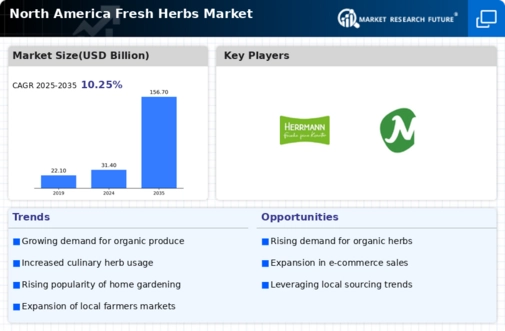

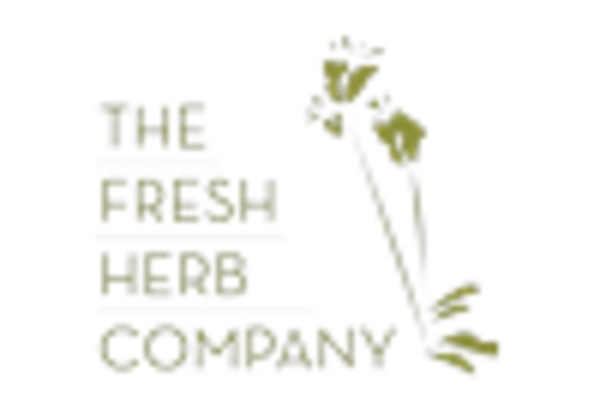
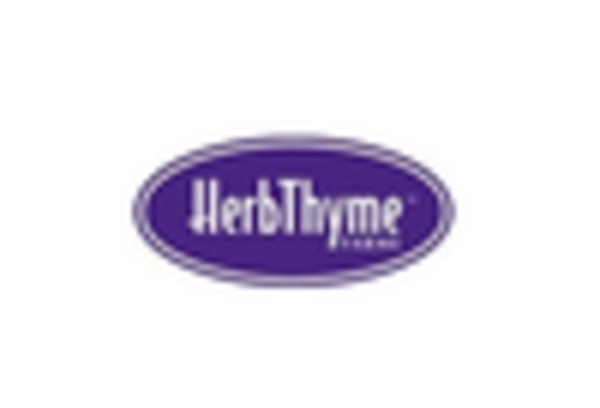
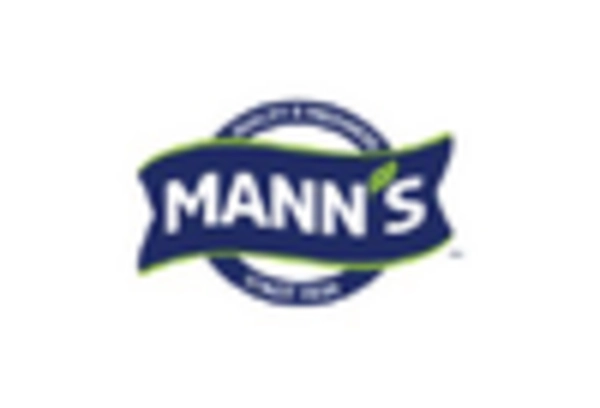
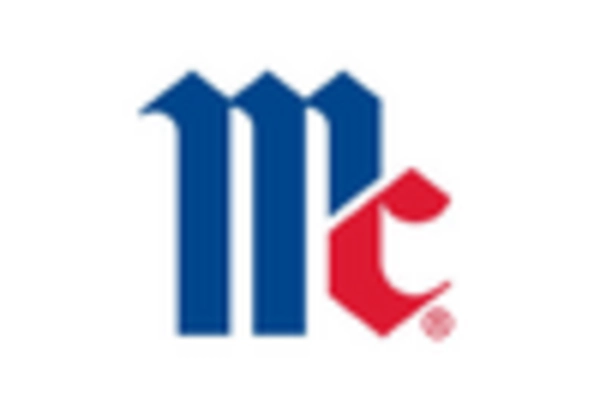
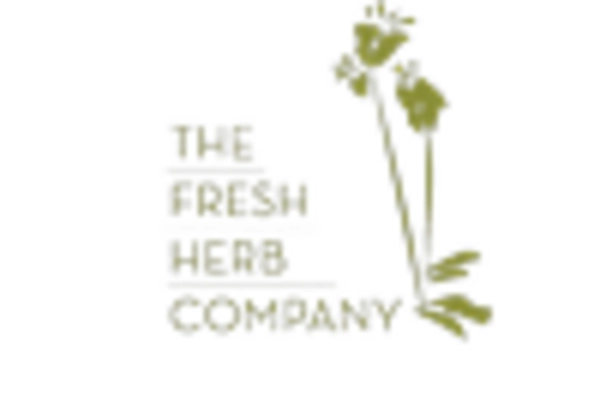









Leave a Comment